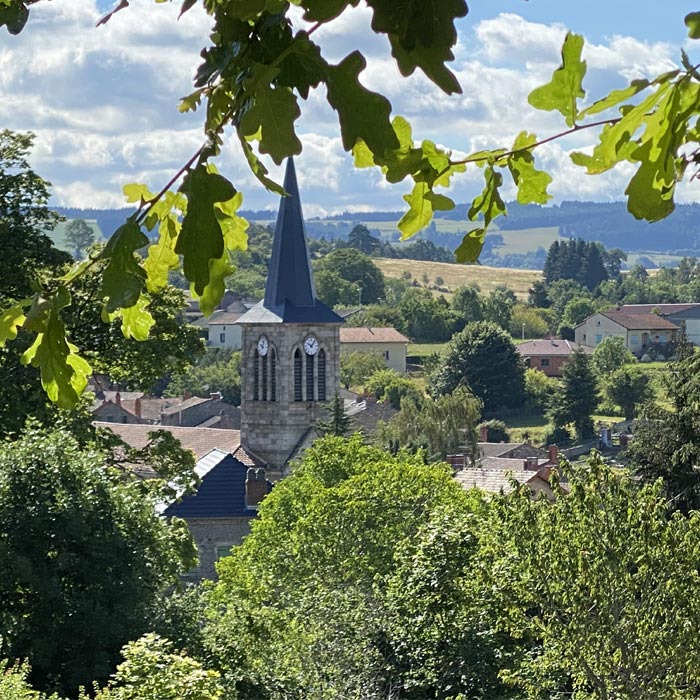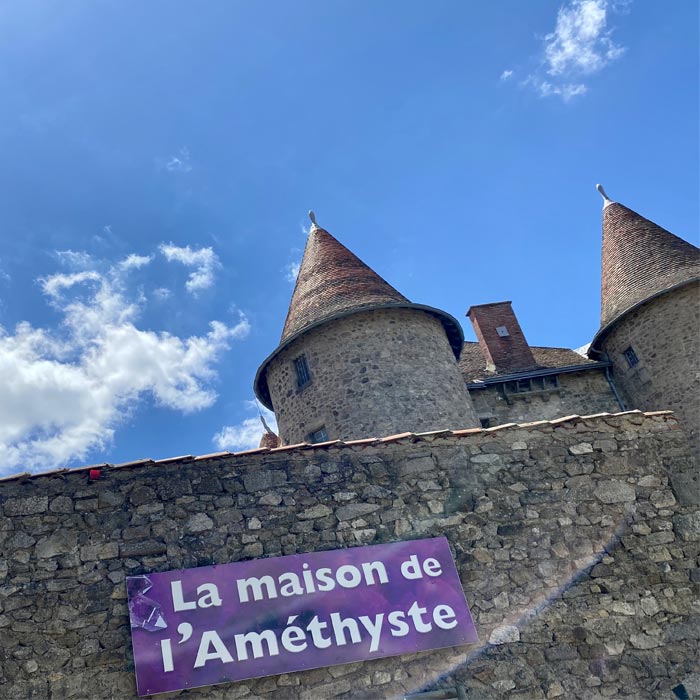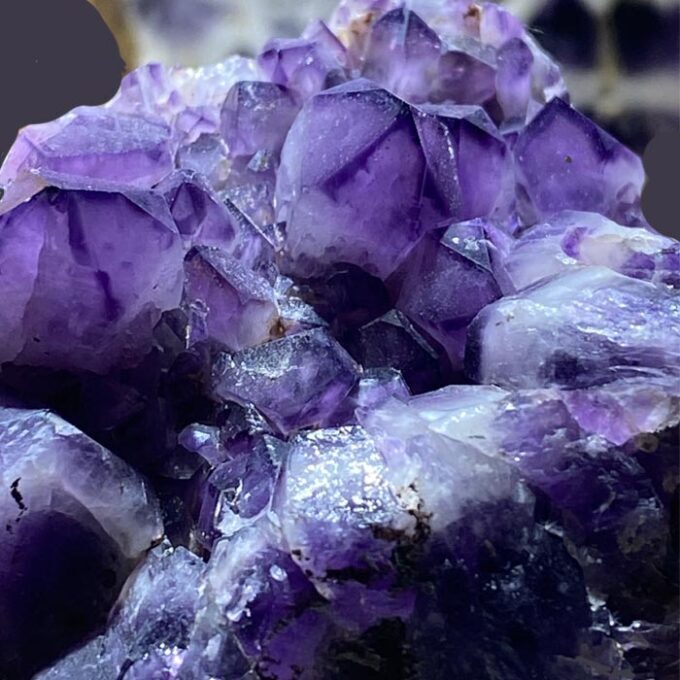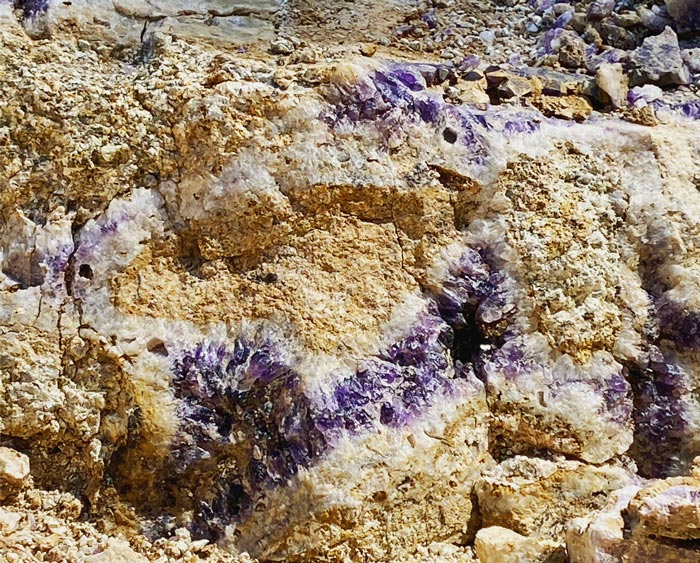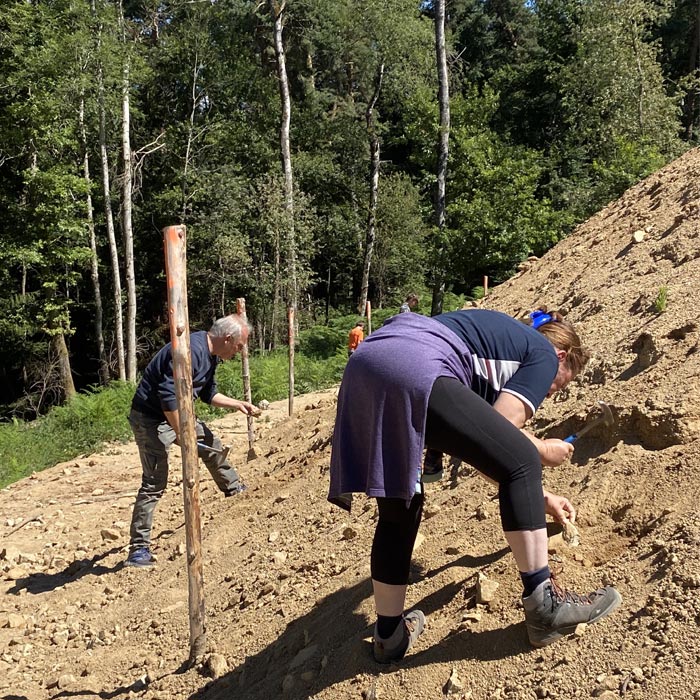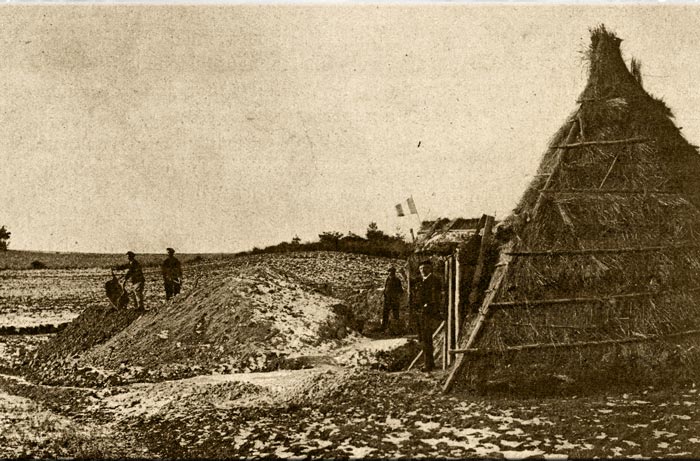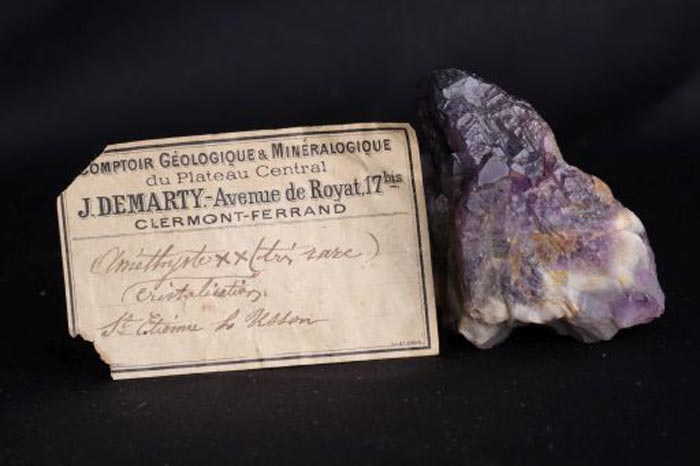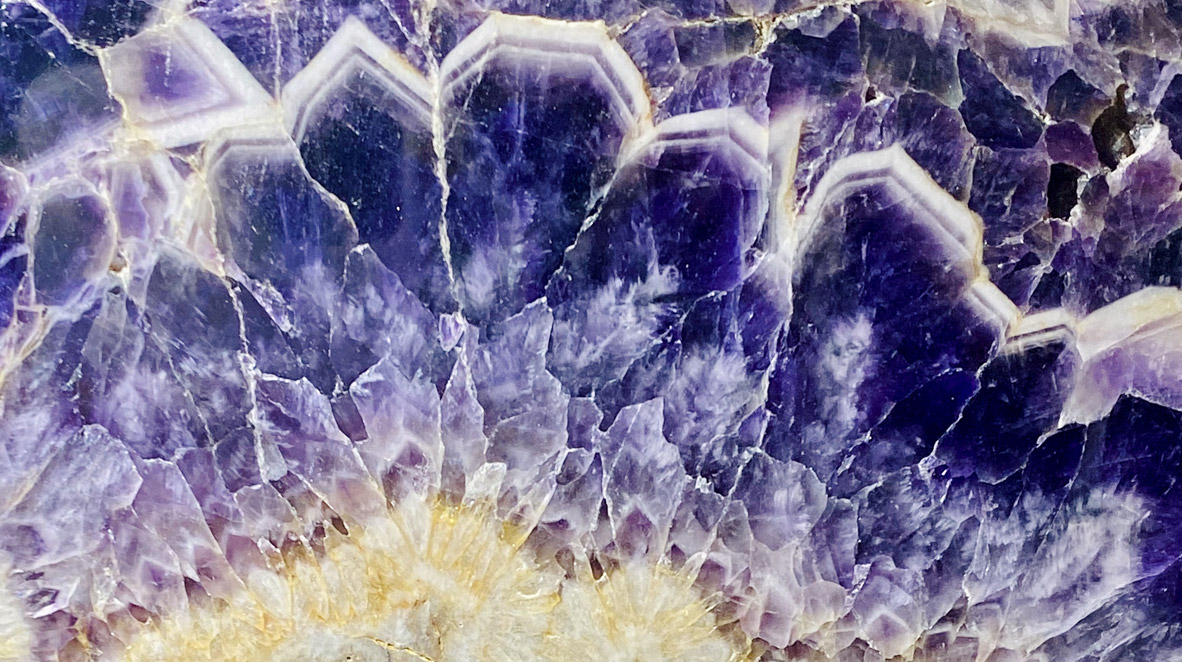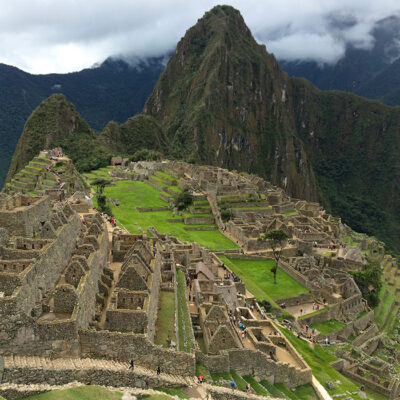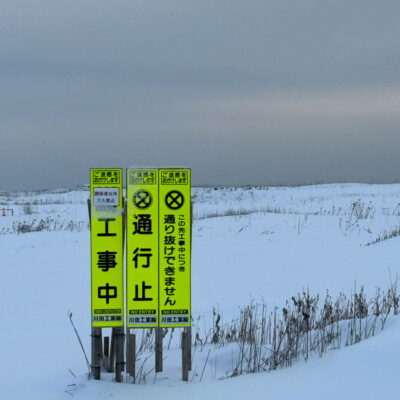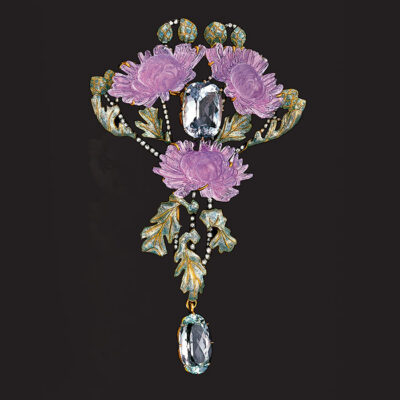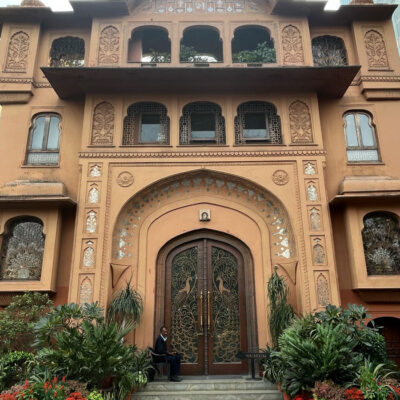Jewelers routes
20 July 2020
Share
The Amethyst Center in Auvergne
This summer, given that France is likely to be our destination of choice, why not head over to Vernet-La Chapelle to discover the world of Auvergne amethyst.
By Sandrine Merle.
Not many people know this, but the subsoil of Auvergne is extremely rich in minerals and especially in amethyst, a quartz belonging to the vast category of fine stones (as opposed to precious stones like diamond, sapphire, emerald and ruby). Recognizable by its violet color due to an excess of iron atoms, it helps to fight against addictions. The stone of spirituality, it is used for example to decorate episcopal rings. “Auvergne amethyst is dark with red glints, while that of Brazil is lighter,” explains Adrien Labrit, the geologist in charge of education at the Amethyst Center. The complex includes a museum, cutting and polishing workshops, and a visit to discover a seam.
The Museum
We learn that the first extractions date back to the 16th century. “Thanks to the fact that Queen Margot was imprisoned a few kilometers away, so they say, although there is no proof of that,” explains Pierre Lavina, geologist, vulcanologist and director of the Amethyst Center. He describes an artisanal extraction of 4 or 5 miners on about a dozen sites which have known some boom times. Notably in the 17th century: jewelers from Geneva, Catalonia and Switzerland came in their droves to stock up. The end of the 19th century was the most intense period thanks to the mineralogist Joseph Demarty, who relaunched the exploitation and even opened a cutting plant in Royat. But the quantity of stones that could be used in jewelry never exceeded 1 to 3% of the production… Not enough, unfortunately, to contend with the mines in Brazil and Uruguay.
The tour
Since 1975, all exploitation has ceased, but the seams still exist, and the Amethyst Centre offers a two-and-a-half hour tour in the company of Adrien Labrit. We follow the communal paths through forest and wheat fields, listening to fascinating tales of his experiments and his story about how amethyst first came into existence, 300 million years ago in the Hercynian chain, 8 km underground. Children love it! We get to see some stone along the way. And on a quarry embankment, each visitor can set to with an ice pick, amassing a small treasure – as long as it doesn’t exceed 50g. But it is forbidden to touch the seam on the surface of the ground, a magnificent purple river made up of plates spiked with pyramidal stems that glisten in the sun.
An application for exploitation of this vein is pending. Pierre Lavina, passionate and tireless, continues to prospect in the region. Who knows? Soon, amethysts from Auvergne may one day feature again in jewelers’ collections.
Related article:


